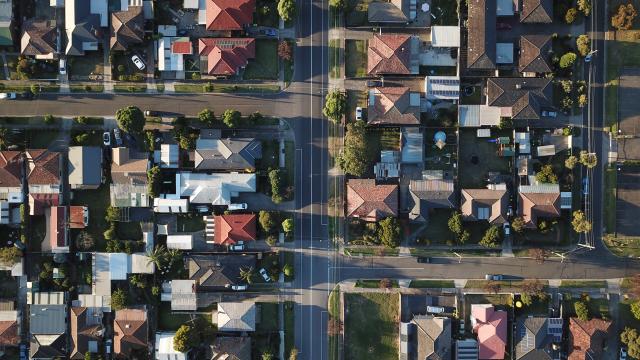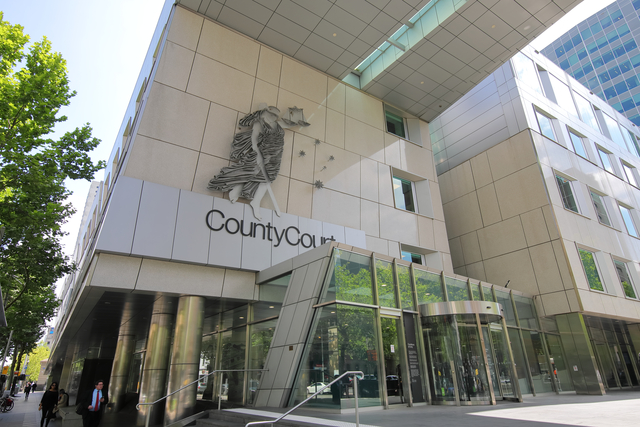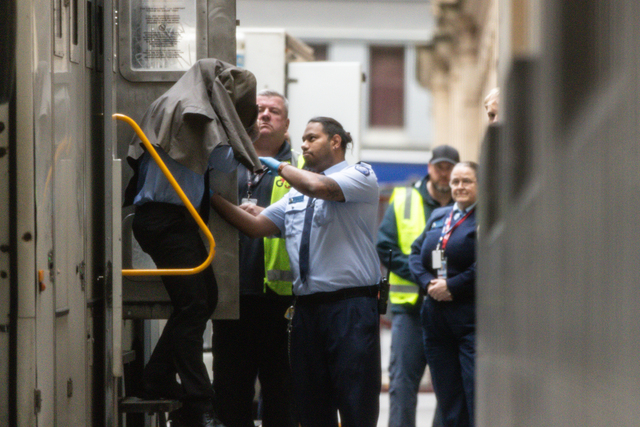The State Government is facing mounting criticism over a planning proposal that would allow Growth Areas Infrastructure Contribution (GAIC) funds to be spent on infrastructure outside those designated areas.
Under the Planning and Environment Amendment (Better Decisions Made Faster) Bill 2025, which was introduced to the Parliament on 28 October, the definition of “infrastructure in a growth area” would expand to include infrastructure “that services the growth area but cannot reasonably be located in it.”
Planning Minister Sonya Kilkenny said the change would give the government “clear authority” to fund projects outside GAIC boundaries if they are required to meet the needs of residents inside them.
In a Parliamentary speech, Planning Minister Sonya Kilkenny said the Bill would “Provide clear authority to fund infrastructure, facilities and services that are located outside of the GAIC area but are needed to address the needs of landowners and occupiers within the GAIC area”.
According to the State Revenue Officer, GAIC is a one-off levy applied to certain land transactions, such as buying, subdividing or seeking a building permit, on designated growth-area land in municipalities including Casey, Cardinia, Mitchell, Melton, Hume and Whittlesea.
It is designed to fund essential infrastructure in the expanding fringe suburbs.
GAIC is usually paid by developers, but the cost is ultimately passed on to homebuyers through the price of land.
Shadow Planning Minister Richard Riordan blasted the proposal as unfair to families who paid GAIC through the purchase price of their homes.
“That money has come from every block bought in places like Pakenham, Cranbourne and Narre Warren to make sure they have the roads and infrastructure they need. And this proposal allows the government to take that money away,” he said.
Mr Riordan said the Opposition feared the change could indirectly funnel GAIC money into unrelated megaprojects, including the Suburban Rail Loop.
“We don’t believe them at all that they’re not going to use that money for the SRL. They don’t have the money for it, and they will need to get the money from somewhere,” he said.
“And we have great concerns that that would be about one of many projects that might see money moved.
“Keeping in mind that the government can do it indirectly, too. So, for example, there may be a project that the government was supposed to fund, and they choose not to fund it, and then they send that money to the suburban rail loop.
“Meanwhile, that project is closer to a GAIC community, and therefore takes the GAIC money to fund it. So this is what Labor’s been very good at doing is juggling the money around. And that will lead to very bad outcomes.”
A Victorian Government spokesperson said: “It’s disappointing to see the Liberals are once again spreading misinformation while we get on with delivering our plan to build more homes for more Victorians.
“GAIC funding will only ever be used for the benefit of these growing communities.”
Greens candidate for the South-Eastern Metropolitan Region Matthew Kirwan also strongly opposed the move.
“It won’t be a fair proposal. Growth suburbs need more money for infrastructure, not the already insufficient amount of money that is being set aside, stolen away for projects like the Suburban Rail Loop in marginal seats that are infrastructure rich already,” he said.
“Without tight controls, this change is custom-made to build an election war chest, at the expense of forgotten working families on Melbourne’s urban fringe, including the south-east.”
For the City of Casey, a growth-area municipality, at the time of writing, the total cash revenue collected is about $319 million, as shown in the government’s dashboard.
The total funds committed are about $258 million, which means approximately 19 per cent of the GAIC from the City of Casey has been undercommitted.
City of Casey Mayor Cr Stefan Koomen said GAIC funds collected in Casey should stay right here in Casey.
“These funds are vital for building the roads and infrastructure our growing community needs,” he said.
“We welcome some of the changes being proposed, like giving the State more flexibility on how it spends GAIC funds through the new Growth Areas Transport Fund.
“But our message is simple: GAIC should be spent on projects that open up land for new homes and jobs for local people.”
He said one of the key project examples is the Thompsons Road extension over Cardinia Creek to the future Officer South Employment Precinct.
“This connection would make it easier for residents to access new job opportunities and help unlock development in the area.
“We’ll keep pushing to make sure GAIC dollars deliver real benefits for Casey families — better roads, more housing and more local jobs.”
At the time of writing, the Bill has been passed in the lower house and in front of the upper house.
To view the Bill, visit: legislation.vic.gov.au/bills/planning-amendment-better-decisions-made-faster-bill-2025







